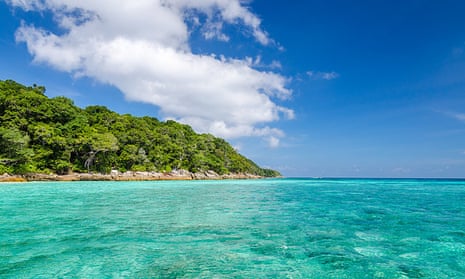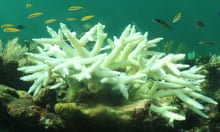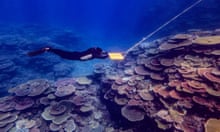Thailand has shut down 10 popular diving sites in a bid to slow a coral bleaching crisis, an official said Thursday, in a rare move to shun tourism profits to protect the environment.
The tropical country’s southern coastline and string of islands are home to some of the world’s most prized white sand beaches and scuba sites, and the booming tourism industry props up Thailand’s lagging economy.
But warming waters and ever-growing swarms of visitors have damaged coral reefs and local ecosystems.
The National Parks department has now indefinitely closed at least 10 diving spots after a survey found bleaching on up to 80% of some reefs.
“The coral reefs are affected by unaware tourists – when they go diving they may touch or step on the reef. Closing those spots will help the reefs recover naturally,” National Park officer director, Reungsak Theekasuk, told AFP.
The diving sites lie off beaches stretching from Rayong province in the east down to Satun in the far south.
Coral bleaching, primarily caused by warming waters, has been wreaking havoc on the region for years.
It occurs when corals come under environmental stress – such as stronger than normal sunlight and warmer sea temperatures – and respond by shedding the algae that give them their brilliant colours.
Corals can survive bleaching but they become more vulnerable to further damage while the condition persists.
Reungsak said the closed diving sites will be inspected ahead of peak tourist season, which starts in November.
“Where we see there is still a crisis, we will have to keep the area and reefs preserved,” he said.
The parks department also recently ordered the closure of Koh Tachai, a popular island in the Andaman Sea, to let it recover from environmental damage caused by overcrowding.
Thailand’s vital tourism industry remains one of the few economic bright spots as the junta-led government struggles to kickstart the kingdom’s stumbling economy.
Tourism accounts for around 10% of Thailand’s economy, and officials have said they hope to attract 32 million visitors in 2016.










Comments (…)
Sign in or create your Guardian account to join the discussion